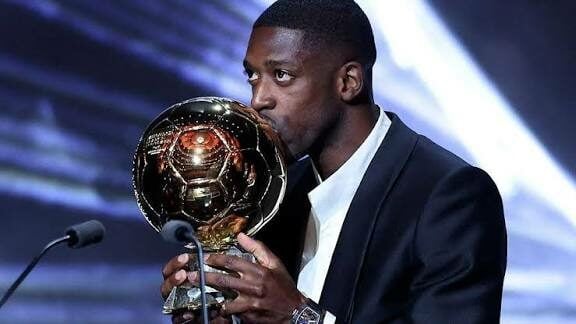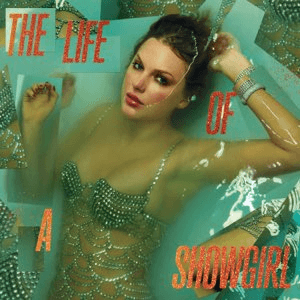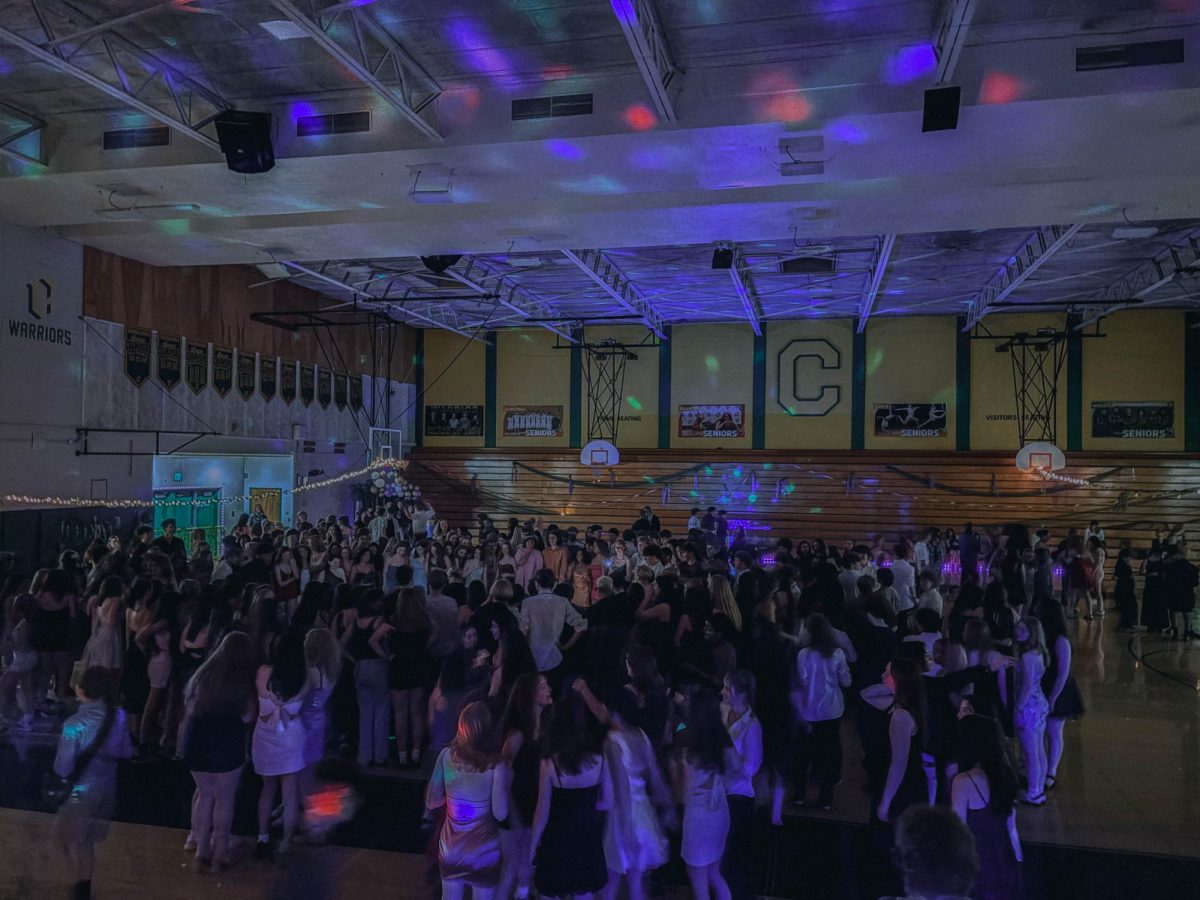Urban Indian: Tommy Orange’s Book Affirms Urban Indian Identity
December 12, 2019
Hawe, my name is Lena Tinker. I am a member of the Eagle Clan in the Osage Nation. My grandfather is George Edward Tinker. His uncle was General Clarence Tinker, the first Native American Major General in the US Army. Tinker Air Force base in Oklahoma City is named for him.
I chose to introduce myself this way because in my culture, we introduce ourselves by tracing our ancestry and our connections to our Nation. It is also the way my Aunt taught me to introduce myself as a member of the Tinker family.
This is my first piece in a series for my column Urban Indian. The name of this column is derived from Tommy Orange’s book, There, There. Reading his book was the first time I felt a piece of literature depicted my reality of being an urban Indian kid, separated by 1,877 miles from the Osage reservation where my tribe now lives in Pawhuska, Oklahoma.
While I was reading Orange’s There, There, a book which depicted the lives of urban Indian kids and families, I felt that my state of being as an urban Native American was validated, even though I am far from the Osage Nation. While I get to go to Pawhuska for two weeks every year to participate in our ceremonial dances, I have always had some regrets that I was not born in Pawhuska. I wonder what my relationship with my culture would be had this been the case. Tommy Orange describes the reality of being an urban Indian in a way I had never heard it before, and I would like to share it with you.
“An Urban Indian belongs to the city, and cities belong to the earth. Everything here is formed in relation to every other living and nonliving thing from the earth. All our relations. The process that brings anything to its current form—chemical, synthetic, technological, or otherwise—doesn’t make the product not a product of the living earth. Buildings, freeways, cars—are these not of the earth? Were they shipped in from Mars, the moon? Is it because they’re processed, manufactured, or that we handle them? Are we so different? Were we at one time not something else entirely, Homo sapiens, single-celled organisms, space dust, unidentifiable pre-bang quantum theory? Cities form in the same way as galaxies.” (There, There).
The concept that my body has a place in the city and is still connected to the natural world, to my history, gave me the most intense sense of relief. As I realized that my urbanity was not something I needed to regret or be ashamed of, I was liberated.
Of course there are native people living in the city, my father would tell me, because colonizers won. Because Native Americans were sent to boarding schools and we were transformed and forced into ways of life not our own. Because colonizers wanted to make native people a part of “civilized” society, to “kill the Indian, save the man.” Of course I am an urban Indian. My urbanity reflects my peoples’ history, a brutal history that is shared with indigenous people around the world.
Together we paint a vibrant picture, aflame with native voices calling out from cars and skyscrapers, from shopping malls and freeways, from the overpowering noise of traffic and machines, instead of drums and earth and sky and water. Our urbanity permeates our reality, but it doesn’t tell the whole story of who we are as native people. Part of my reason for this column is to explore the unique opportunities and challenges of the 71% of Native Americans who live in urban areas: the urban Indians.
This column is not only intended to educate about the reality of native peoples today, but to educate about the lack of indigenous representation in society and in our own school building. Monday, Oct. 14, was Indigenous Peoples’ Day, but across the country and the world the second Monday of October is remembered as Columbus Day.
In my History of the Americas class we learned the same thing we do every year: that Columbus was a murderer and had a lust for gold and profit rather than heroism. However, we once again looked at the controversy surrounding Columbus day only from non-indigenous perspectives. Upon arriving home and reflecting on our lesson, a comparison of A Patriot’s History of the United States and A People’s History of the United States, my siblings and I had a long talk about why school curriculum continues to focus on non-indigenous perspectives on Indigenous Peoples’ Day.
In my home, we own An Indigenous Peoples’ History of the United States, which tells our country’s history from many indigenous perspectives. It includes an extensive chapter on Christopher Columbus. A quick Google search led me to many videos of native people talking about Columbus Day versus Indigenous Peoples’ Day, many of which were less than 10 minutes long. If indigenous perspectives had been included in our curriculum, it would have been impactful and inclusive for native students, while also educating my peers about the importance of including indigenous voices.
There are many things we need to reexamine in this society, especially what we teach and do not teach our young people, which has an impact on the future generations of this country. By changing the educational system we change the country, and thus the world. I hope to be part of that change.

















Frankie Parsons • Jul 17, 2025 at 9:58 AM
Great article! I, too, am a registered Urban Osage and visit the reservation every few years ..150th Relocation and a Site tour this year.
I spent summers as a small child visiting great Aunt and Uncle on their farm in Pawhuska and played with their dog, Rags. I love it there!
Big into my ancestry. Chief Sylvester Tinker was my great Uncle.